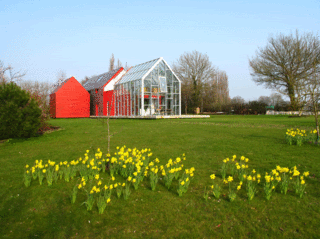ninnymary
Garden Master
Welcome to TEG Tim! :rainbow-sun I'm not even going to try to give you advise about what to grow since our climates are so different. Check with your neighbors or nurserys to see what grows well in your area and when to plant what. As far as other possible locations in which to garden, I would suggest to use your back or front yards. I know you are concerned about having grass for any future children but that is something that can be planted fairly easily. Same goes for the front yard. When you are ready to sell all you have to do is put some sod in and spruce up the yard alittle bit. I would not let these things keep you from planting in those areas if you choose to.
Go for your dream. I'm one of those that says I only lost alittle time and money. But at least I tried. Otherwise, I would never know.
Otherwise, I would never know.
Mary
Go for your dream. I'm one of those that says I only lost alittle time and money. But at least I tried.
Mary

